In modern landscape design, shrubs have a variety of uses. They can not only decorate the garden, but also divide it into zones, serve as a hedge from prying eyes, and provide refreshing shade for people and other plants. Among the various types of shrubs, if you want to “plant” something original on your site, it is recommended to pay attention to the following plants.
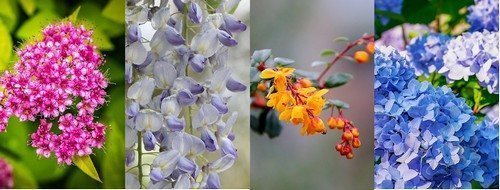
Wisteria
From a botanical point of view, wisteria is a tree-like vine, but in its cultivated form it is known as a shrub. It can take a variety of forms, growing up to 16 meters in height, cascading branches in dense, cluster-shaped inflorescences 10–80 cm long. Regional varieties differ in flowering periods:
- American - from mid to late summer;
- Asian - from late March to late spring;
- Chinese - bloom twice, in May and September.
For wisteria, choose an area illuminated by the sun for at least 6 hours a day, on fertile soil that is not prone to waterlogging.
Most varieties are colored in shades of blue and blue-violet, but pink, yellow and snow-white are also found. In recent seasons, the varieties “Blue Sapphire”, “Alba”, “Rosea”, “Prolific”, “Blue Macrostachia” have become especially popular.
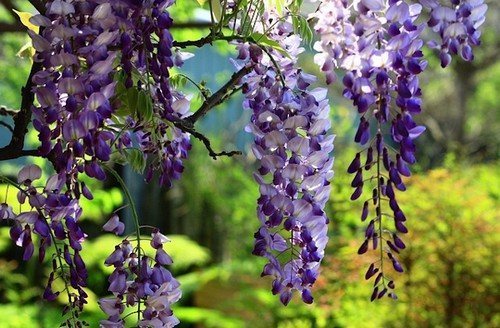
Spirea
It allows you to realize any creative fantasies, since it grows in height from 50 cm to 2.5, the crown shape is spherical, pyramidal, cascading, weeping, erect.
There are varieties with openwork leaves, and in the fall all spirea change the color of their foliage to yellow, orange, and scarlet. The Pink Ice variety already in summer flaunts variegated creamy-green foliage and white inflorescences.
Spiraea oakleaf quickly reproduces by root shoots and lends itself well to frequent pruning, for which it is often used to create hedges. Spiraea loosestrife is distinguished by light pink, slightly fluffy inflorescences.
The hybrid spirea Boumalda barely reaches 75 cm and, in addition to crimson inflorescences, has decorative leaves - pinkish in the spring and green only in mid-summer.
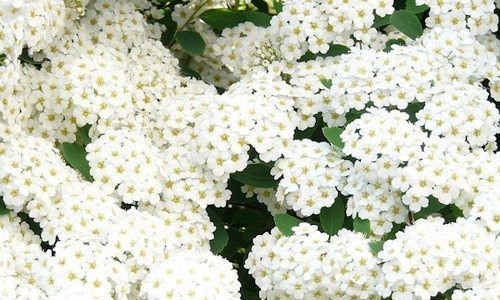
Hydrangea
This shrub, up to 3 m high, captivates with its combination of dense ovoid foliage and lush, cloud-like inflorescences, elegantly reminiscent of lush lilac clusters.
Most hydrangeas resistant to winter cold, but amazingly sensitive to the chemical composition of the soil: its acidity can sometimes affect the shades of blooming flowers.
The following plant species and varieties are widespread:
- paniculata - grows wild in Japan, does not exceed 1.5 m in height, the petals of the inflorescences gradually change color from greenish-white to pink;
- tree-like - comes from North America, does not grow above 1 m, the most valuable variety is considered to be the snow-white Annabelle, which blooms so luxuriantly that the branches bend down.
Also worth paying attention to is the Grandiflora variety with pyramidal, creamy-white inflorescences. Due to the thinness of the fragile branches, this shrub needs supports.
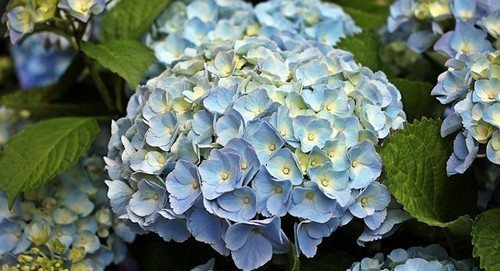
Barberry
There is really nothing unusual in barberry, grown strictly for its tasty vitamin-rich berries, but the decorative forms of the shrub are unique in their own way.
The most famous is the Thunberg barberry with purple leaves, but if you want to decorate the garden in an original way, you can also pay attention to the common barberry variety Aureomarginata (green leaves with a golden border) or Albo-Variegata (with variegated white-green leaves).
Or the coin barberry - with bluish-green foliage and yellow flowers, the Siberian barberry - with leathery leaves, jagged along the edges, the Ottawa barberry - with leaves of a dull, purple-smoky hue.
For barberry, it is better to select a shaded area - bright light does not allow it to reveal all the brightness of the flowers and foliage. Barberry is famous for its unpretentiousness and even tolerates haircuts well.
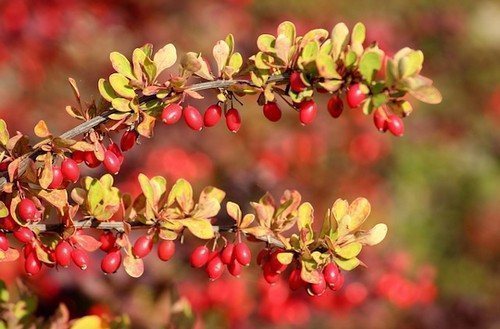
In conclusion, it is worth noting that all of the described shrubs are capable of attracting beneficial pollinating insects to the site.


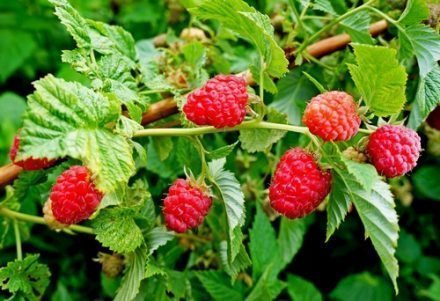
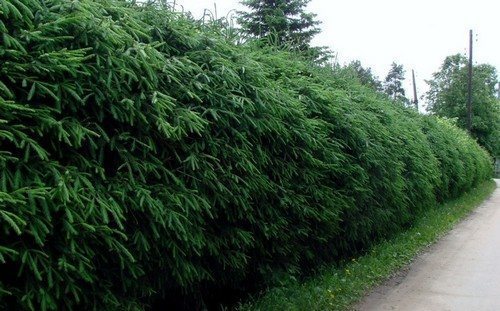
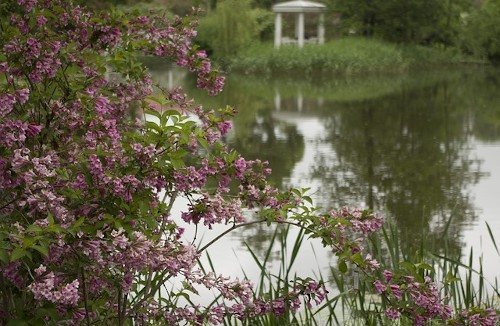
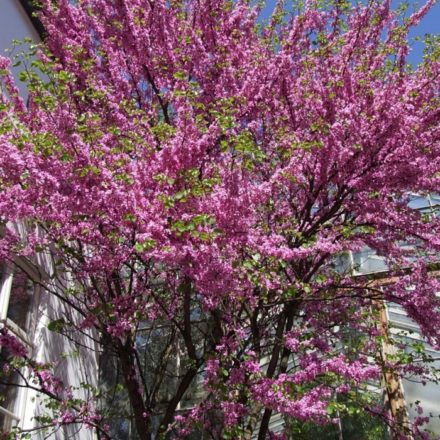
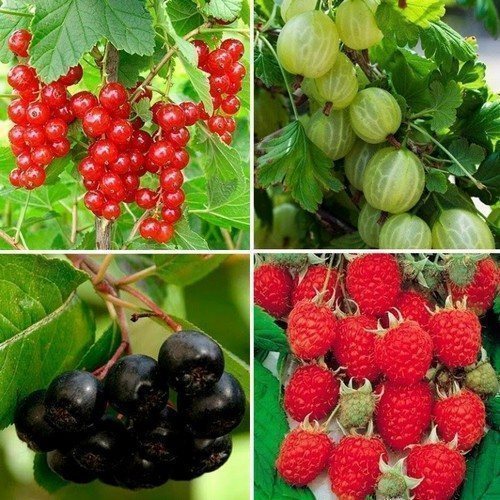
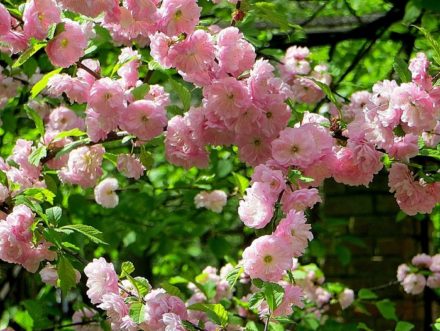
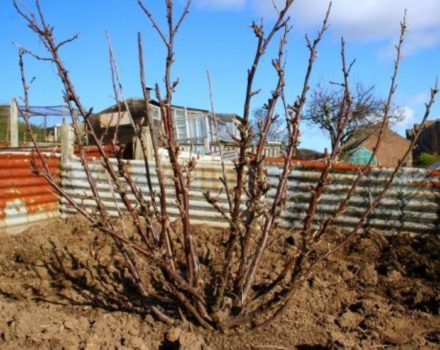
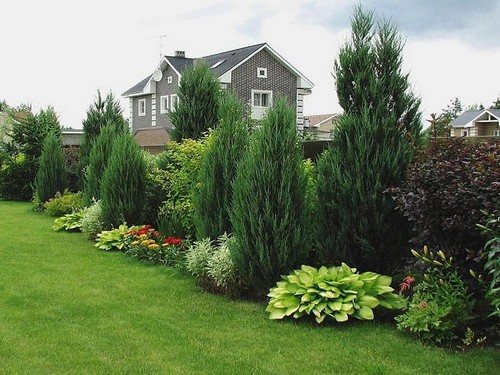
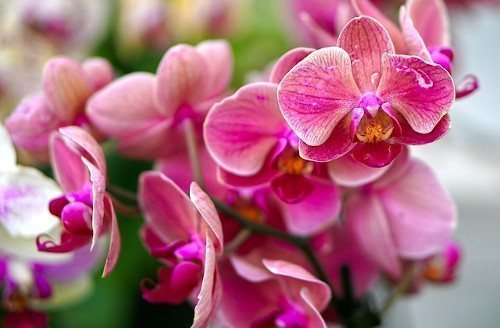
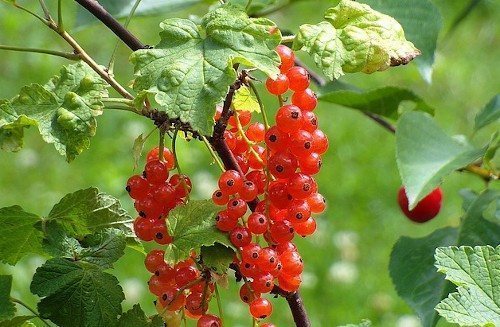

Wisteria grows very poorly in our region, and there is no talk of flowering.